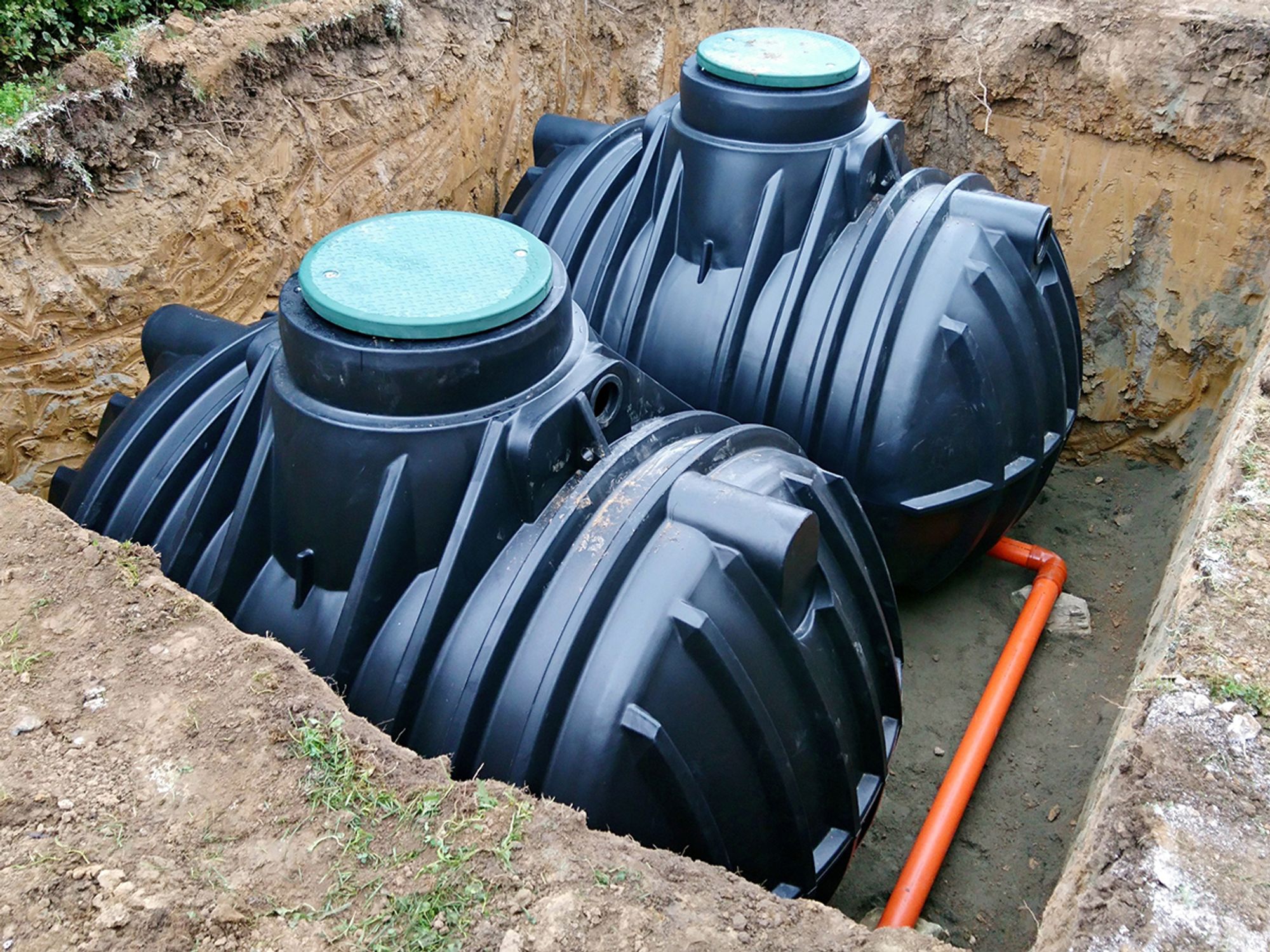Financial responsibility regulations for USTs

- Owners must keep a current “Certification of Financial Responsibility,” and any additional documentation that shows the owner’s financial responsibility method is valid and provides details on the method’s coverage at the UST site or place of business.
- Many states have developed financial assurance funds to reduce the economic hardship of compliance with financial responsibility requirements and to help cover the costs of cleanups.
The financial responsibility regulations for underground storage tanks (USTs) ensure that, in the event of a leak or spill, an owner or operator will have the resources to pay for costs associated with cleaning up releases, correcting environmental damage, and compensating third parties for injury to their property or themselves.
The amount of coverage required depends on the type and size of the business, as summarized in the following table.
| Group of UST owners and operators | Per occurrence coverage | Aggregate coverage |
|---|---|---|
| Petroleum marketers or owners and operators who handle more than 10,000 gallons per month | $1 million | $1 million if the business has 100 or fewer USTs or $2 million if the business has more than 100 USTs |
| All others | $500,000 |
How to demonstrate financial responsibility
There are several ways to demonstrate financial responsibility:
- Use state financial assurance funds. The state may pay for some cleanup and third-party liability costs.
- Obtain insurance coverage. Insurance may be available from a private insurer or a risk retention group.
- Obtain a guarantee. Secure a guarantee for the coverage amount from another firm. The provider of the guarantee must pass a financial test.
- Obtain a surety bond. A surety bond is a guarantee by a surety company that it will meet the UST owner’s financial responsibility obligations.
- Obtain a letter of credit. A letter of credit is a contract involving the UST owner, an issuer (usually a bank), and a third party (such as the implementing agency) that obligates the issuer to help demonstrate financial responsibility.
- Set up a trust fund. A UST owner may set up a fully funded trust fund administered by a third party to demonstrate financial responsibility.
- Use other state methods. A UST owner may also use any additional methods of coverage approved by the state.
Local governments may have four additional compliance methods: a bond rating test, a financial test, a guarantee, and a dedicated fund.
Records of financial responsibility coverage
Owners must keep at the UST site or place of business the following records of financial responsibility coverage:
- A current “Certification of Financial Responsibility,” the required wording of which can be found at 40 CFR 280.111.
- Any additional documentation that shows the owner’s financial responsibility method is valid and provides details on the method’s coverage, such as signed copies of official letters, policies, and state fund agreements.
Records must be kept until the UST site is properly closed. In addition, many states require copies of financial responsibility records be filed with the state agency. The Environmental Protection Agency (EPA) does not require UST owners to report financial responsibility records unless it specifically asks them to do so.
How state financial assurance funds help
Many states have developed financial assurance funds to reduce the economic hardship of compliance with financial responsibility requirements and to help cover the costs of cleanups. State financial assurance fund programs, which supplement or are a substitute for private insurance, have been especially useful for small-to-medium sized petroleum marketers. Other characteristics of the funds include the following:
- Financial assurance funds are created by state legislation and must be submitted to EPA for approval before they can be used as compliance mechanisms.
- In most cases, states generate money for the funds with tank registration and petroleum fees.
- Legislatures delegate authority for the fund to a state agency addressing health, environmental, or insurance issues.
- Some state assurance funds incorporate eligibility requirements, such as demonstrations that facilities are in compliance with technical requirements.
- Most state funds contain some deductible that the owner or operator is responsible for paying, the details of which are state-specific.
